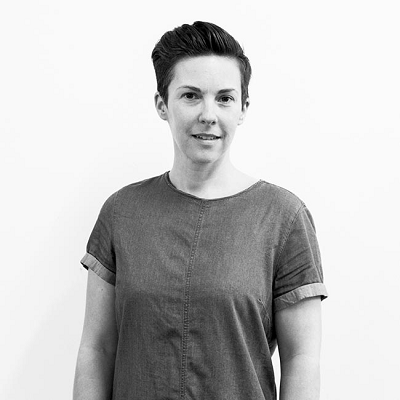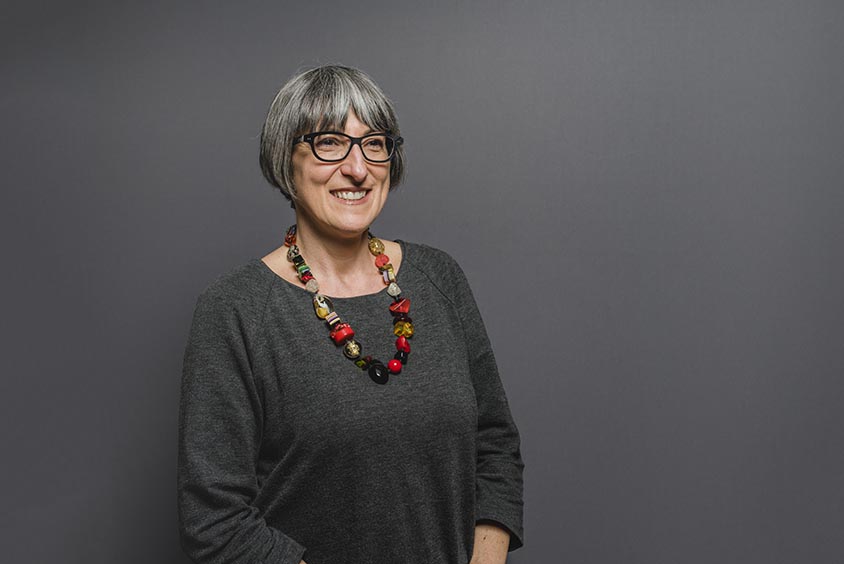
The study explores the conductivity of though through art practice, and material explorative approach. The purpose of art practice-led PhD is to explore the electrical conductivity of the person in the event of touching responsive materials such as touchscreens. Which are considered as marked and material that holds traces and documentation of the fingertips, and the hand. The practice led research is about the closed circuit relationship of matter and touch, to explore the inner circuits of perception of the conductive body, the brain, and the mind, throughout the engagement with outside objects. For the research purpose I selected a few keywords such as conductive, touch, responsive, brain, matter, mind and relationship to define and frame the study and its interdisciplinary quality.
This project takes a purposefully interdisciplinary approach between the arts, philosophy and science, to analyse the different points of the interaction and threat the common line between them by using a material explorative method. The relationship between the sense of touch and conductive matter can be an explorative tool to understand the perception of the world and the self, by using the materiality of an object that has become intimately part of daily life. The Covid 19 Pandemic provided a frame for the study, touch as contact became restricted or even avoided. Currently we are encouraged not to touch surfaces and objects that others have touched, or to clean them thoroughly before and after touching. The safe domestic environment is the one in which the person is allowed to freely touch most things, and leave marks and signs without the fear of someone else's health being at risk. Hence I came to reflect on the daily usage of Smartphones, and I started questioning the continuous tactile relationship towards it, and the hidden layered materiality behind it, which rests un-touched. The interlacing of interactions with this object creates a space for the research to provoke, educate, and communicate the importance of use of screens and its impact on our own perception of nervous touch.







